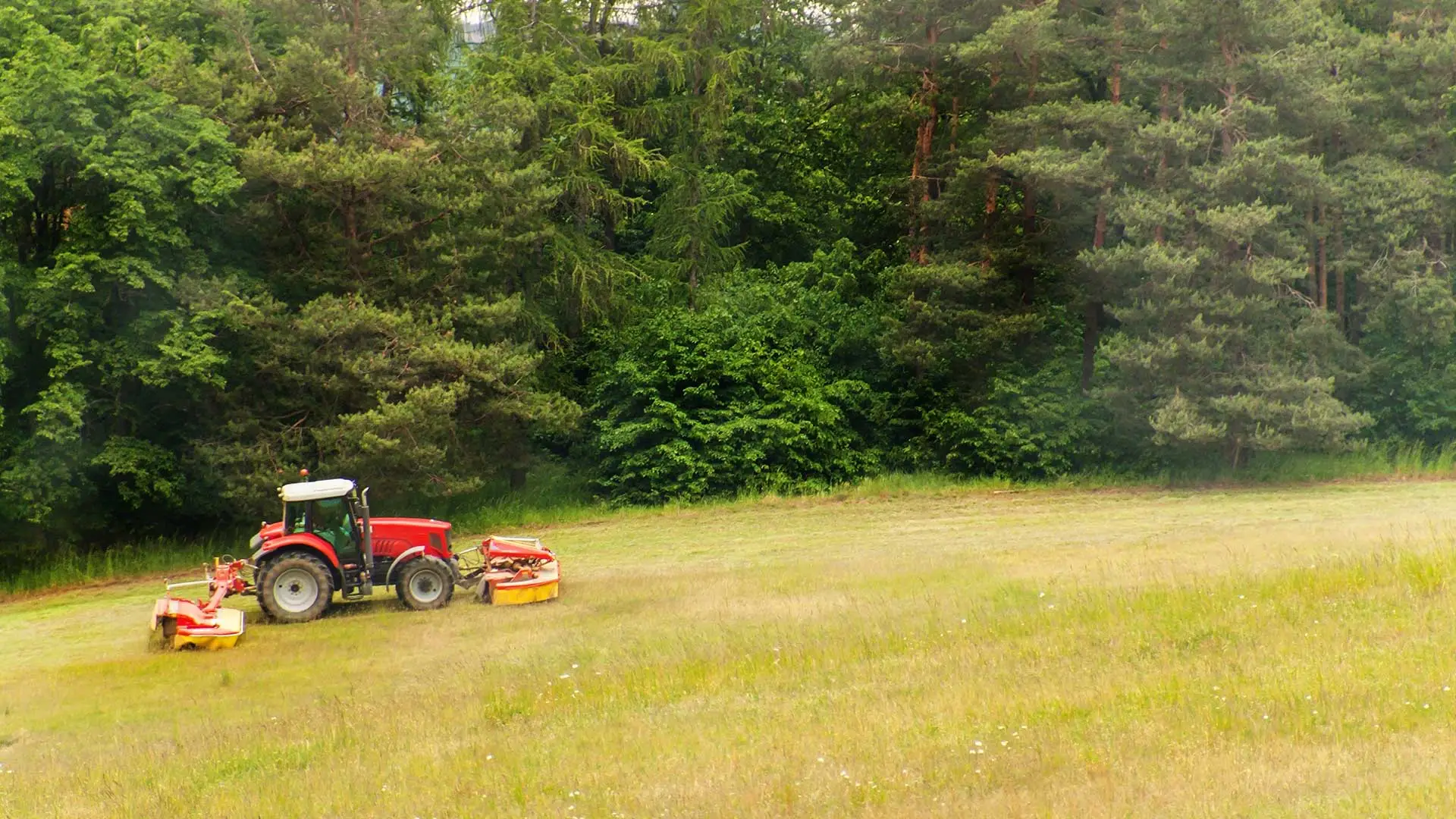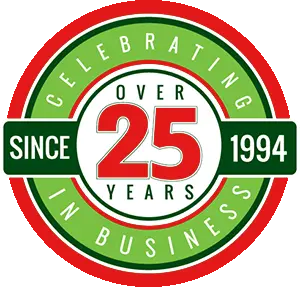Crabgrass is a common weed that infests home lawns in the Midwest. Crabgrass is a summer annual weed that germinates when soil temperatures reach and stay at 55 degrees F for 7-10 consecutive days. It begins flowering and setting seed in July and dyes with the first frost of fall.
Crabgrass has tremendous survival reproductive capabilities. Because of this, it is unrealistic to expect a 100% crabgrass free lawn. You cannot eradicate crabgrass fully unless you either chemically control the weed and/or mechanically pull the weed by hand. Also, by mowing your lawn at the proper height, keeping a dense stand of turf and watering properly will all help with keeping crabgrass out.
Pre-emergence herbicides prevent emergence of crabgrass plants. These products must be applied prior to crabgrass emergence which could occur as early as March 1, pending mother nature’s weather pattern.
Common chemicals used to help control this pesky weed are Benefin, Oxadiazon, Benefin/Trifluralin, Pendimethalin, Dithiopyr, Prodiamine, or Corn Gluten. Almost all of the crabgrass preventer products on the store shelves contain one of these chemicals. Also applying split application of the chemical with 4-8 weeks in between will help the lasting power of the chemical and help keep the crabgrass out. Always read the manufactures specifications and follow the directions on your products bags.
Ever wonder why crabgrass and other weeds seem to emerge more along sidewalks, driveways and house foundations? Well, there are two reasons. One reason is because hard surfaces such as the above described hold in heat from the sun and break down the pre-emergent barrier faster along these areas. Secondly, most people tend to trim or weed-eat very short in these areas, thus offering an area for crabgrass and other weeds to easily emerge and not be choked out by your thicker lawn.




Comments (0)
Thanks for your comment!
Thanks for your feedback! Your comments have been successfully submitted! Please note, all comments require admin approval prior to display.
Error submitting comment!
There is a problem with your comment, please see below and try again.